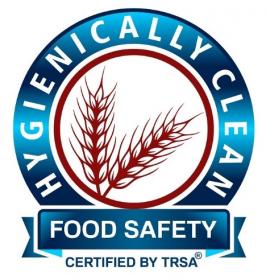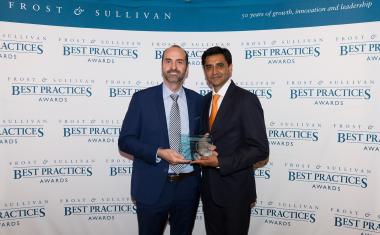30 UniFirst Plants Now Hygienically Clean Food Safety Certified
With seven more laundries certified this month, UniFirst Corp. has widened its lead among multi-location uniform service companies in achieving the Hygienically Clean Food Safety designation, as 30 facilities now have reached this milestone. The July additions included the company’s first such achievements in Nevada, New York and Wisconsin after UniFirst plants were already certified in 16 states and the Canadian province of British Columbia.
This achievement reflects UniFirst’s commitment to best management practices (BMPs) in laundering as verified by third-party on-site inspection and their capability to produce hygienically clean textiles as quantified by ongoing microbial testing.
The certification confirms a laundry’s dedication to compliance and processing garments and other textile products using BMPs as described in its quality assurance documentation, the focal point for TRSA inspectors’ evaluation of critical control points that minimize risk.
This process eliminates subjectivity by focusing on outcomes and results that verify textiles cleaned in these facilities meet appropriate hygienically clean standards and BMPs for servicing animal processing, dairies, fruit/vegetable, bakeries, grain and other food and beverage industry segments.
UniFirst facilities certified in July are in Ontario, CA; Las Vegas, NV; Buffalo, NY; Amarillo, Austin and Houston, TX; and Wisconsin Rapids, WI. States with previously Hygienically Clean Food Safety certified UniFirst laundries (one each except where noted) are CA (2) CO, CT, FL (2), GA, MA, MD, NC (4), NH (2), NJ, OK, PA, SC, TX (5), UT and VA.
TRSA, certification
TRSA








